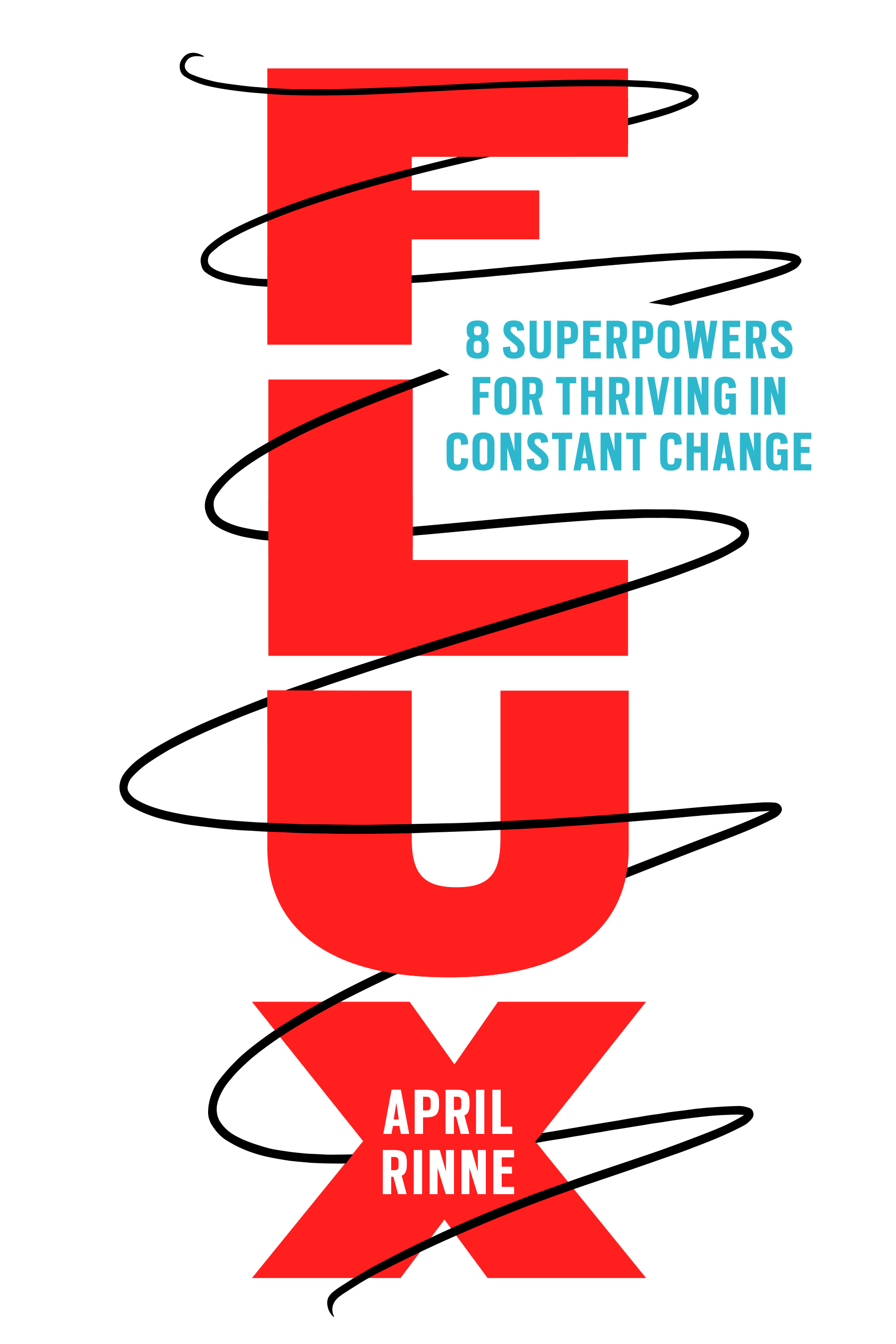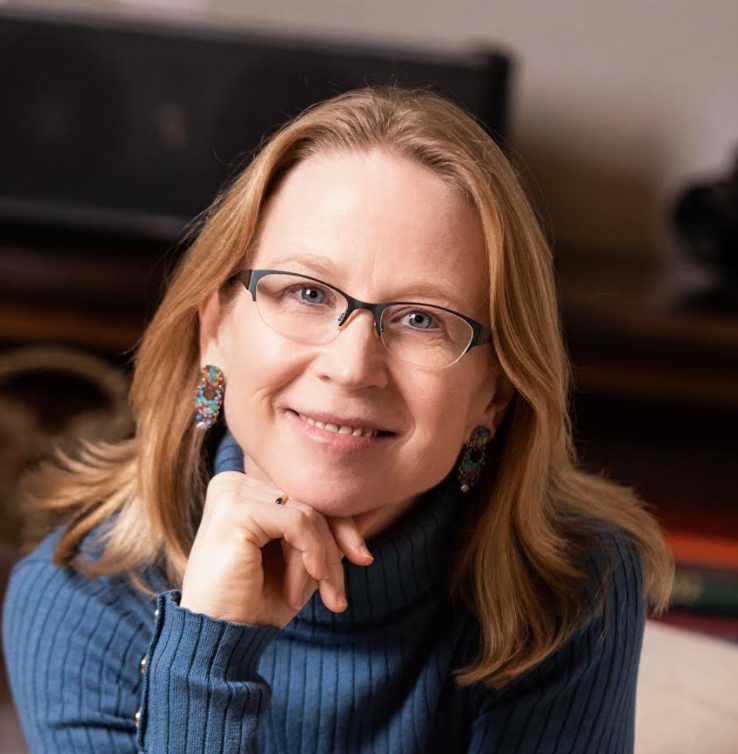There is a better way to rethink your relationship to productivity, sustainability, and a world in flux. And guess what? It’s right in front of you.
For starters: Imagine for a moment that rather than optimizing for productivity, we optimized for presence. (Lest you worry this sounds a bit woo-woo for your business, career, or lifestyle, I assure you it is not.) Allow me to explain.
The old script, or the way we have been largely accustomed to viewing the world, is obsessed with optimizing for speed, efficiency, and productivity. If you can shave five seconds off your daily routine, or cram one more call into a jam-packed afternoon, that’s victory.
For a long time, even after I’d started writing my new script, I didn’t question this busyness. I went along with it, on extra-busy days even joyfully. But the more I observed, the more undeniable the disconnect was. And when I slowed down to deepen my observation, I was dumbfounded. Hold on: What are we really doing? How in the world have we persuaded one another—and ourselves— that more meetings will somehow make our legacy more important? How have we convinced ourselves that saving five minutes will somehow save our soul?
With the new script, rather than measure meetings, you can gauge presence: your ability to be fully in a moment, experience, or decision. One meeting in which everyone is fully present is worth more than a thousand meetings in which people are distracted.
Ultimately, presence is about attention and response. These things are different, yet closely related: you respond to what you’re paying attention to. When you’re running fast, you’re unable to pay full attention. When you’re scattered, you pay attention to the wrong things, which often botches your response.
The crux of the solution to our obsession with speed is simple: slowing down improves your chances of getting the issue and your response right. But that’s not all: you discover that time is what you perceive it to be. When you slow down, you actually have more time. When you have more time, you can be fully present.
So how does one learn to optimize for presence? Fortunately, there are many ways to begin. Some may seem mundane and others quirky. Try whichever ones pique your interest, without overthinking! I find that the more bizarre a new practice seems, the more off-kilter the current habits usually are.
- Stillness practice: Start with thirty seconds, then one minute, two minutes, up to five minutes (or longer) of utter stillness. This is not meditation; it is even simpler. It’s sitting, stilling your mind, and seeing where it wanders. Don’t judge; just notice. Is your mind able to unwind, or does it speed up?
- Silence practice: Silence—whether the silence of nature or the silence at the end of a breath cycle (kumbhaka)— helps quiet the mind. Silence can be found almost anywhere: you may have to search a bit, but it is there. Find five minutes to bathe in silence daily. Pay attention to the emptiness. Notice what hangs in the space between you and sound. What is it calling you towards?
- Patience practice: Cultivating patience is one of the most difficult yet most powerful ways to run slower. Pick something that you know will take time—say, waiting for an appointment—and deliberately don’t fill that waiting time with social media apps, calls, word games, or whatever else. Just be . . . and wait. Do you feel tested, or freed?
- Not-to-do (or to-don’t) list: To-do lists help us run faster and stay on the hamster wheel. A not-to-do list does the opposite. Draft both versions and see which one feels more fluxy. (I find that a combination of both can work well, so long as what’s on my to-do list actually matters.)
- Micro-sabbaticals: Brainstorm a list of opportunities to pause, whether for a moment or for a month. The simple act of drawing up this list can help relieve tension. It creates a sense of space rather than rushing and serves as a reminder of the many shapes of slowing down.
- Nature bathing: Nature is a microcosm of constant change and an unparalleled tutor for running slower. Find the nearest spot of wilderness—a forest, lake, or open field—and absorb the environment through all five senses. This isn’t hiking, birding, or camping; this is simply being in nature. The Japanese call this shinrin-yoku, or “forest bathing.”(1 )
- Technology Shabbat: Once a week, disconnect from the use of all technology with screens: smartphones, computers, tablets, and television.(2) If that feels like too much, start with a few hours and build up to a day. Use the time for quiet personal reflection, perhaps with an old-school pen and paper.
Running slower shifts your focus of attention from outside to inside, with a goal to really listen to what’s going on internally.
PROTECT THE ASSET
The first time I heard this phrase was in China, listening to a panel of international entrepreneurs who had experienced massive health scares talk about coping when health thwarts your best-laid plans. The punchline was: no matter what your mindset, your body still keeps the score.(3) We can’t simply keep treating conditions like exhaustion, anxiety, and burnout by exercising and eating better. We must address the underlying sources of these conditions and meaningfully, consistently slow down.
“Protecting the asset” acknowledges that when your mind is wound up, your body is wound up too, and neither functions well. Grooving a healthier mindset also requires addressing the somatic aspects of one’s relationship with speed. And there is no way for anyone to heal at speed. Quite the contrary: running ever faster ultimately kills. So we must slow down.
The first step in protecting the asset is assessing how your body is holding onto, and embodying, speed. I think of this as a micro health check-in with myself. How am I feeling? Which parts of my body are racing? Which are speaking up, and what are they saying?
Your most powerful somatic tool is your breath. It’s like a Swiss army knife, because it does so much. It is also the bridge between your inner and outer worlds, between body and mind. As you navigate constant change, a committed breathing practice—even a few minutes a day—becomes essential.
There are a range of simple, yet powerful personal exercises and habits that can help you run slower and protect the asset: eating slower to thoroughly notice and relish each bite, walking slower to pay attention to the details on your path, slowing down the pace of travel by choosing options like walking instead of driving, and dancing rather than walking to your destination.
Running slower helps you think slower and delay judgment, both of which empower you to manage your time—rather than time managing you—and bring your best self to life.
On average, bad things happen fast and good things happen slow.
—STEWART BRAND

1 Qing Li, “‘Forest Bathing’ Is Great for Your Health. Here’s How to Do It.” TIME, May 1, 2018 https://time.com/5259602/japanese-forest-bathing/ (accessed December 29, 2020).
2 Tiffany Shlain, “Tech Shabbats,” Let It Ripple, https://www.letitripple.org/about/ tiffany-shlain/technology-shabbats/ (accessed December 30, 2020).
3 Bessel van der Kolk, The Body Keeps the Score: Brain, Mind, and Body in the Healing of Trauma (Penguin, 2015).


